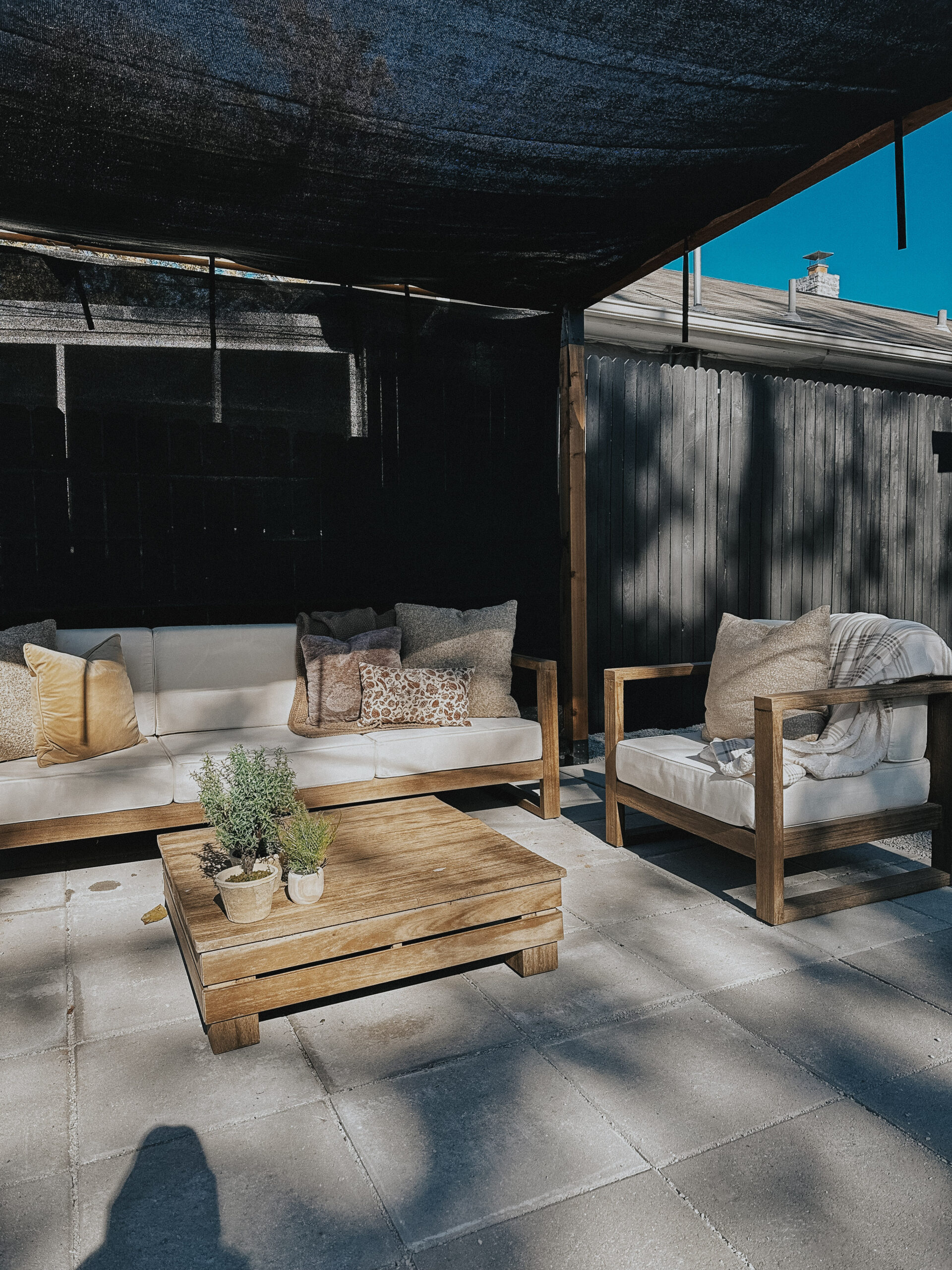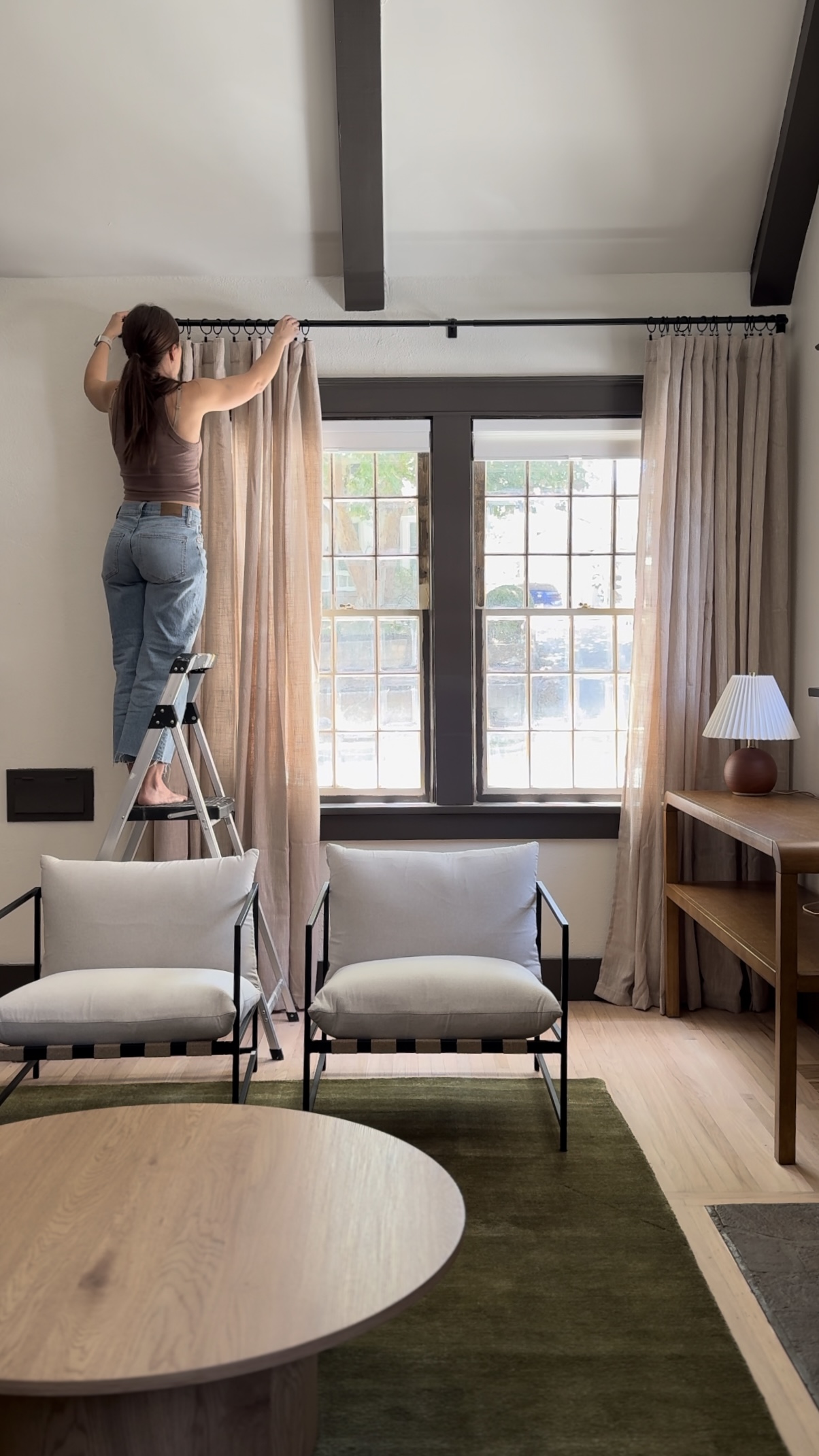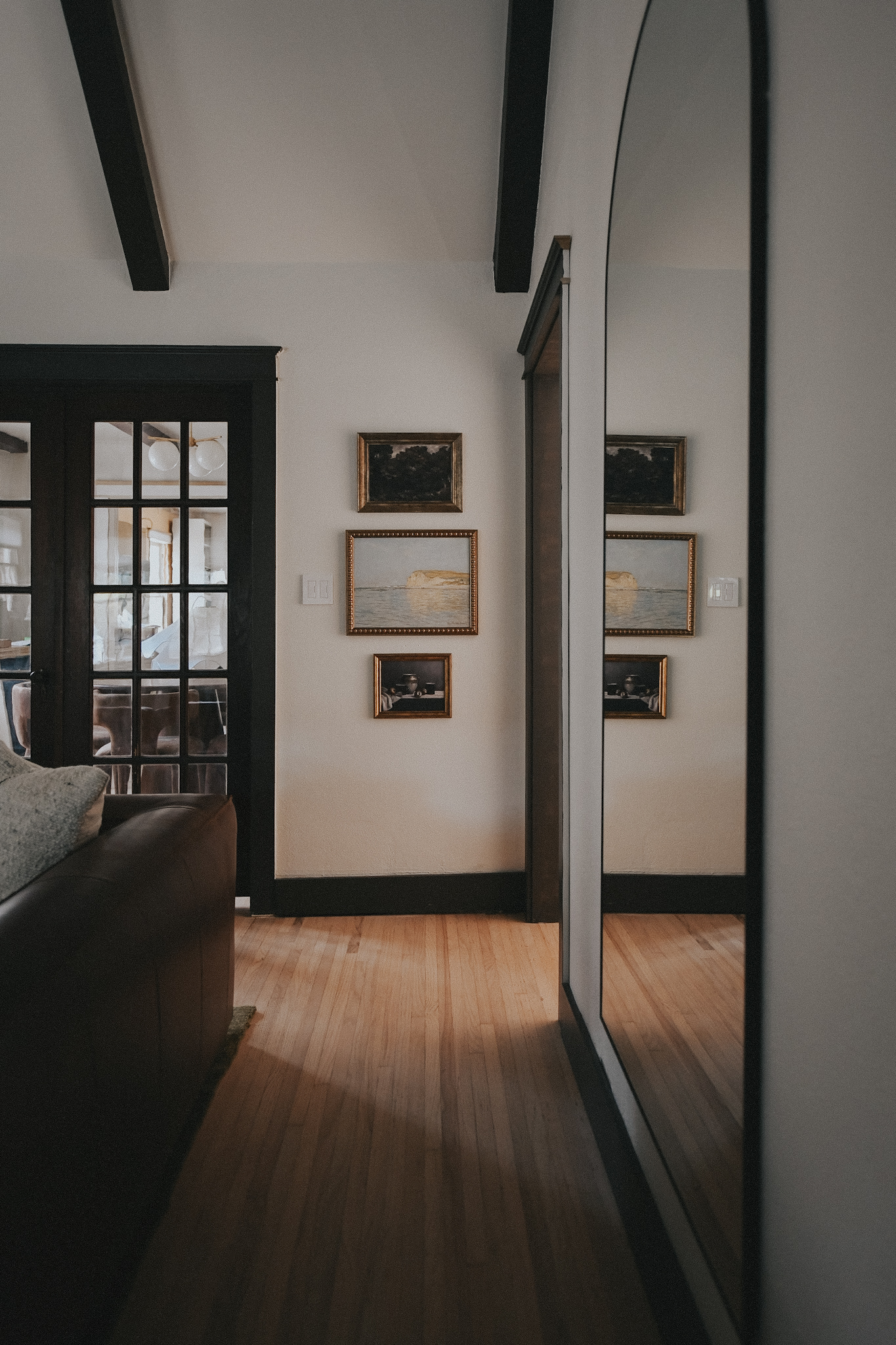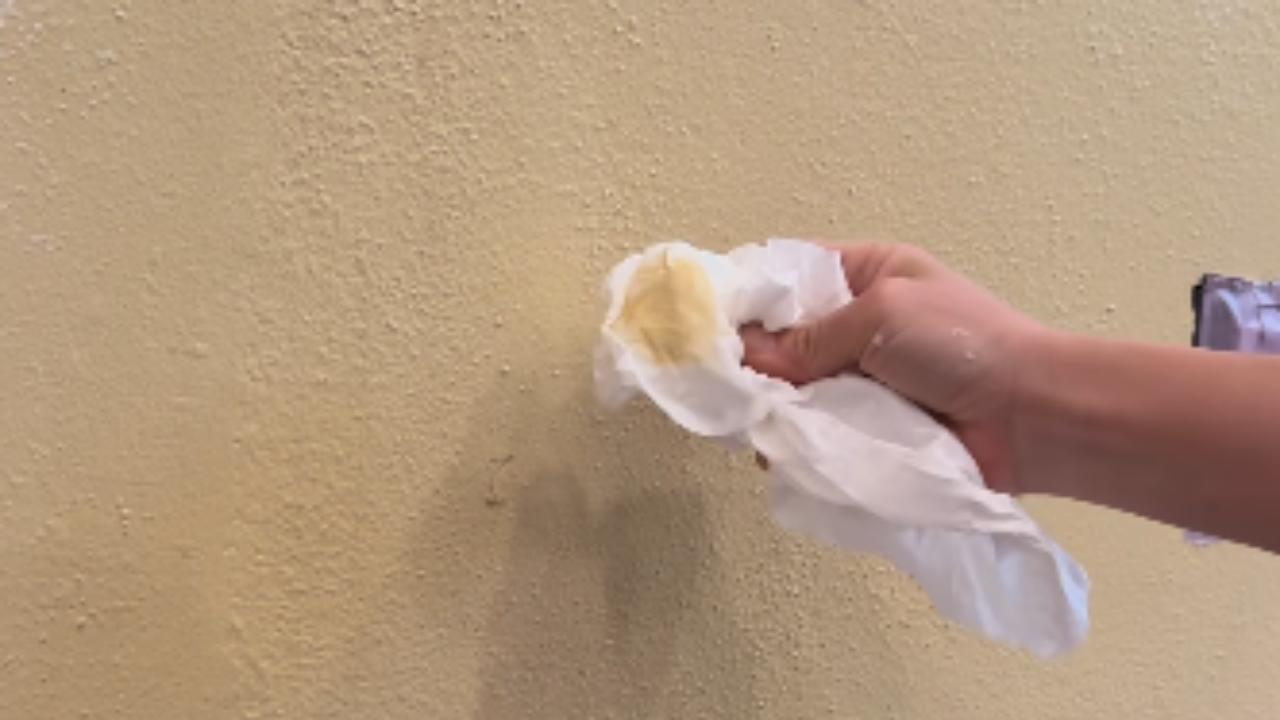
How to Safely Remove Lead Paint in Old Homes
Worried about lead paint in old homes? Learn how to safely remove lead paint with protective gear, proper tools, and safe cleanup methods to keep your family and home healthy.
Lead paint is one of the most common concerns for homeowners living in older houses. If your home was built before 1978, there’s a good chance it contains lead-based paint somewhere under the layers. While this might not be a problem if the paint is intact, peeling or chipping lead paint can be dangerous to your health and your family’s safety.
The good news is that with the right tools and methods, you can safely remove lead paint and restore your old home without spreading harmful dust or toxins. It takes patience and proper preparation, but it’s absolutely worth it to protect your space.
In this post, we’ll cover the best ways to handle lead paint in old homes, the supplies you’ll need, and tips for keeping the process safe and effective.
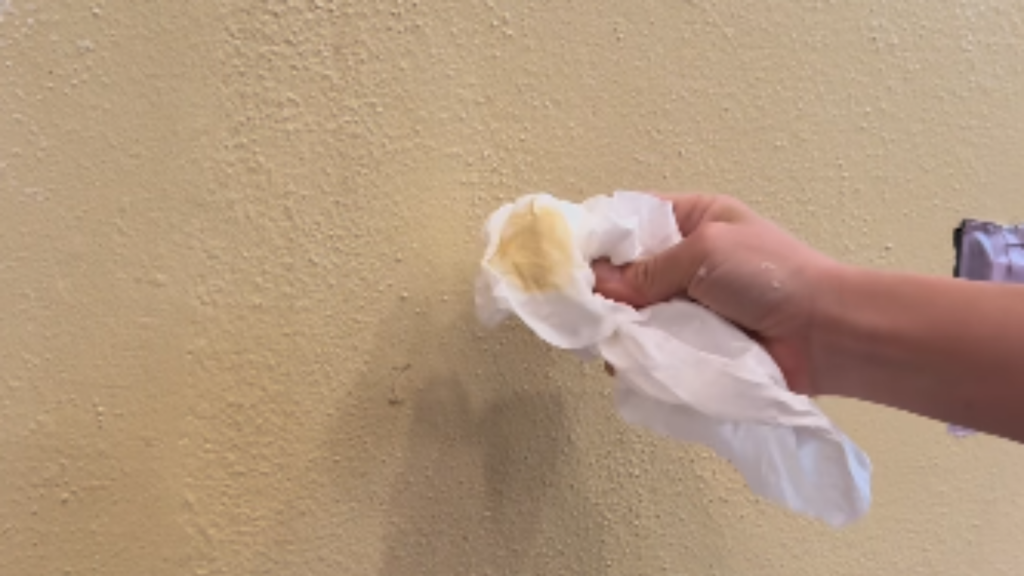
Why Lead Paint Is a Problem
Lead paint becomes hazardous when it starts to deteriorate. As it chips, flakes, or creates dust during renovation, the particles can be inhaled or ingested. This can lead to serious health problems, especially for children and pregnant women. That’s why knowing how to remove it properly, or when to call in professionals, is so important.
Supplies You’ll Need
- Safety goggles
- Disposable gloves
- Respirator or N95 mask
- Plastic sheeting
- Painter’s tape
- Spray bottle with water
- Chemical paint stripper (lead-safe formula)
- HEPA vacuum
- Disposable rags and wipes
- Heavy-duty trash bags
Steps to Safely Remove Lead Paint
1. Prepare the Area
Start by sealing off the work area with plastic sheeting to prevent dust from spreading to other rooms. Cover floors, vents, and doorways. Put on your protective gear before beginning. Safety goggles, gloves, and a respirator are essential.
2. Keep Surfaces Damp
Never dry-scrape or sand lead paint. This creates hazardous dust. Instead, lightly mist the painted surface with water using a spray bottle. Keeping the area damp helps minimize dust while you work.
3. Apply a Lead-Safe Paint Stripper
Use a chemical paint stripper that’s safe for lead removal. Follow the instructions on the product carefully, applying it in even layers. Allow it to sit for the recommended time so it can loosen the paint.
4. Gently Scrape the Paint
Once the stripper has softened the paint, gently scrape it away using a putty knife or scraper. Work slowly and carefully, keeping the surface damp as you go. Place the removed paint into heavy-duty trash bags immediately.
5. Clean Thoroughly
After removing the paint, wipe the surface with disposable rags dampened with water. Use a HEPA vacuum to clean up any remaining dust or debris in the work area. Dispose of rags, plastic sheeting, and gloves properly.
Tips for Safely Removing Lead Paint
- Always wear protective gear. Safety should be your first priority.
- Work in small sections to keep the process manageable.
- Never use a power sander, heat gun, or open flame on lead paint — it will release toxic fumes and dust.
- Wash your hands, clothes, and tools immediately after working.
- Keep children and pets out of the area until cleanup is complete.
- If the lead paint covers a large area, consider hiring a certified professional.
What is the best way to test for lead paint?
The best way to test for lead paint is to use an EPA-recognized lead test kit, which you can find at most hardware stores. These kits typically involve swabbing the painted surface, and if lead is present, the swab will change color. For more accurate results, especially if you’re planning major renovations, you can hire a certified lead inspector or risk assessor, who can use specialized equipment like X-ray fluorescence (XRF) analyzers to detect lead in paint layers.
Is lead paint dangerous if it’s not chipping?
Lead paint that is intact and not chipping or peeling is generally considered less dangerous, since the main risk comes from lead dust and paint chips that can be inhaled or ingested. However, it can still become hazardous if the surface is disturbed during renovations, sanding, or even regular wear-and-tear in high-traffic areas. For this reason, it’s important to monitor the condition of the paint closely and use safe practices if you plan to repair, remodel, or repaint.
Leave a Reply
I create some affiliate links through the Amazon Influencer program and the LTK platform. Because of this, I have the ability to earn small commissions from some purchases that you make while using my links (at no cost to you!). I so appreciate your support.
